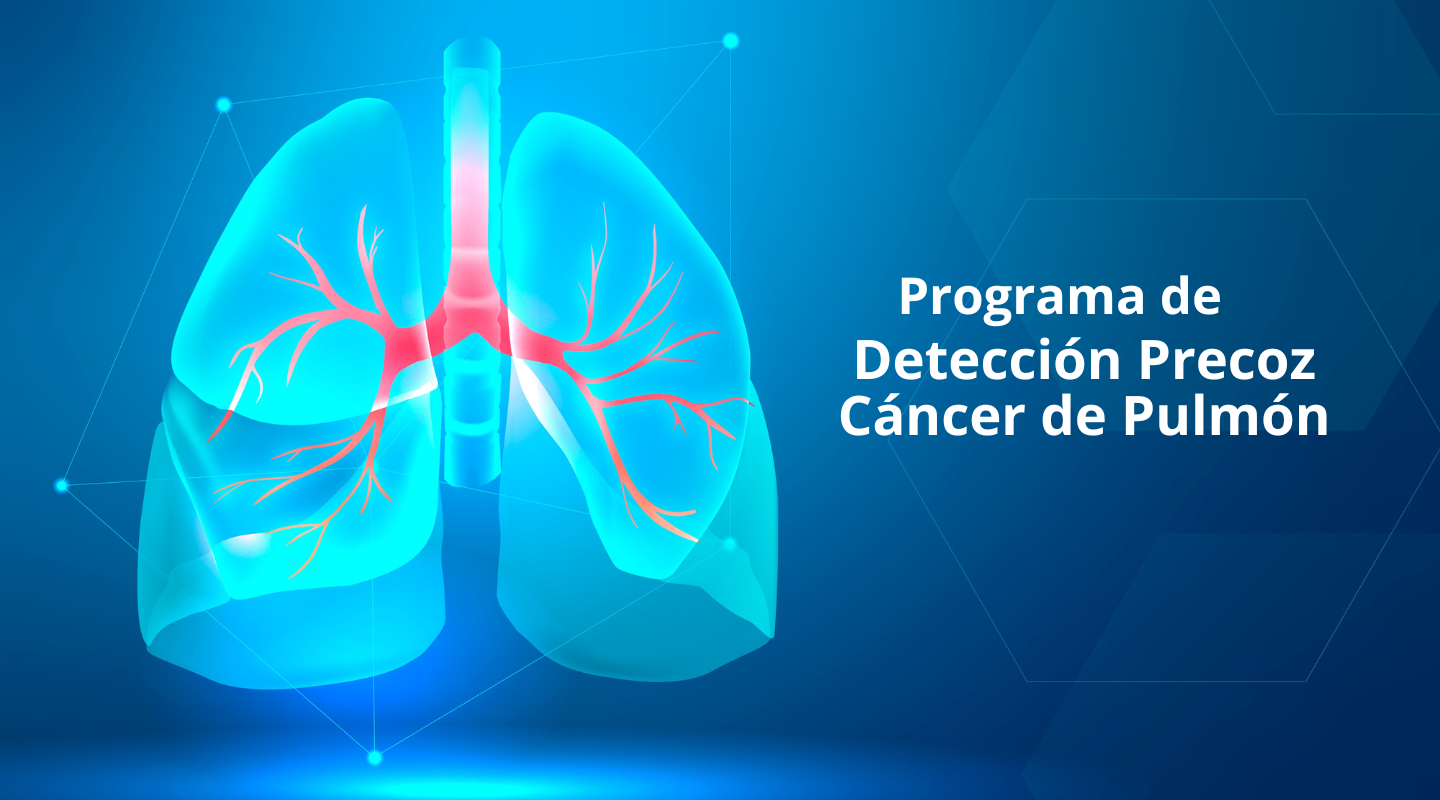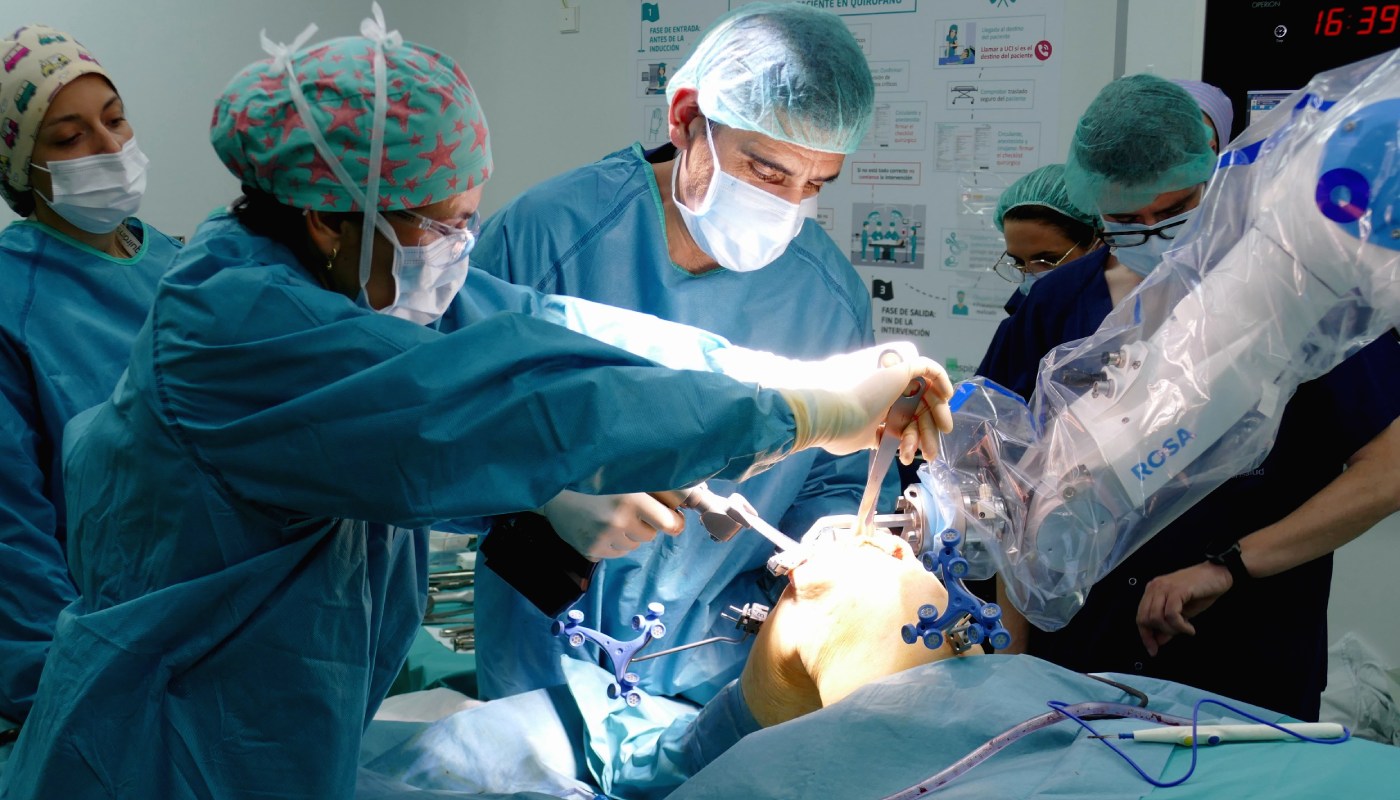The diagnosis and early treatment of alopecia manages to stabilize hair loss in nine out of ten cases
Both male and female androgenetic alopecia is the most common cause of hair loss and occurs as a result of the influence of androgens on the hair follicles that turns the hair progressively thinner, until it reaches such a degree of miniaturization that it becomes like body hair. As Dr. José María Ricart, head of the Dermatology Service and the Capillary Medicine Unit of Quirónsalud Valencia Hospital warns, "an initial symptom of alopecia is that the patient notes that the hair is thinner and lighter followed by its loss of volume and capillary density, this affects 50% of women and 65% of men over 50". "
Genetic inheritance lies behind this loss of hair, but life habits are also essential. "There are life forms that allow the genes to be or not to be expressed in all their fullness. It is clearly demonstrated that if I do not smoke, I do not drink, I take care of my diet and I am not subjected to stress, I will have more hair", clarifies Dr. Ricart.
For a correct diagnosis of alopecia experts in trichology advise to undergo a Trichoscan, technology that allows the objective measurement of thickness and capillary density, key for early diagnosis and monitoring the treatment of patients with alopecia. It is also necessary in some cases to perform hormonal analytical studies to diagnose and correct alterations of the sex hormones that are the cause of androgenetic alopecia in the case of female alopecia. "Nine out of ten patients who diagnose their alopecia early and receive treatment," warns the specialist, "manage to stabilize the problem within ten years thanks to mesotherapy with vitamin cocktails and drugs, as well as platelet therapy (injecting plasma from the own patient on the scalp), until the hair is redensified. "
Advances in hair transplantation and the importance of follow-up
The mechanized manual transplant technique consists of extracting grafts from the donor area one by one, after shaving, leaving a small wound that does not require suturing and that heals spontaneously without leaving a scar. After the extraction of the follicles, we proceed to the implantation in the receiving area, following the design previously agreed upon with the patient. Advanced specialists in this technique offer a variant called Non Shaven FUE, in which the extraction of follicular units is done without shaving the donor area. "This method has helped to eliminate social fear, since many patients feel more comfortable knowing that nobody is going to realize that they have gone through a hair transplant," explains Dr. Ricart.
After the intervention, the dermatologist recommends a medical follow-up of the patient of at least 12 months to ensure that the patient's progress is absolutely satisfactory. "Although the intervention is not risky, it can have complications if it is not done correctly. "It can infect the donor area, with a necrosis of the skin that can leave scars. And let's not forget that if the necessary hygienic measures are not taken, there may be a risk of contagion of hepatitis or HIV due to contamination", says Dr. Ricart.
Current events
Current events
- 18 de abril de 2024
La Fundación Jiménez Díaz pone en marcha el Servicio de Atención Integral al Viajero Internacional para...
La consulta aporta asesoramiento personalizado, un calendario de vacunación individualizado, en caso de ser necesario, y pautas de profilaxis y tratamientoHospital Universitario Fundación Jiménez Díaz - 19 de abril de 2024
Los centros de Quirónsalud en Tenerife colaboran en la primera edición de la carrera solidaria Ruta 091
Los hospitales Quirónsalud Tenerife, Quirónsalud Costa Adeje y Quirónsalud Vida velarán por la salud de todos los participantes de la carrera solidaria Ruta 091 que organiza ...Hospital Quirónsalud Costa AdejeHospital Quirónsalud TenerifeHospital Quirónsalud VidaUrgencias - 19 de abril de 2024
Quirónsalud, Healthcare Partner del Rafa Nadal Academy Padel Tour by Adecco Group
Un nuevo circuito de pádel amateur que recorrerá diferentes ciudades españolas, con el objetivo de aunar competición, ocio, diversión y valores.Quirónsalud - 19 de abril de 2024
Hospital Quirónsalud Barcelona pone en marcha el programa de Detección Precoz de Cáncer de Pulmón
El cribado de cáncer, junto al abandono del consumo de tabaco, ha demostrado ser la estrategia principal en la reducción de la mortalidad por cáncer de pulmón. A partir de ah...Hospital Quirónsalud BarcelonaMedicina Interna - 19 de abril de 2024
Un robot ayuda a colocar prótesis de rodilla adaptándose a las características de cada paciente
El Hospital Universitario Quirónsalud Madrid utiliza el robot ROSA que ayuda a los cirujanos a calcular la mejor posición y el tamaño de la prótesisHospital Universitario Quirónsalud MadridCirugía Ortopédica y Traumatología - 19 de abril de 2024
La Dra. Adriana Izquierdo-Domínguez, alergóloga de Centro Médico Teknon, nombrada Académica de Mérito...
Este nombramiento es un reconocimiento a su trayectoria profesional y su aportación al mundo del perfume y sus campos relacionados.Centro Médico Teknon - 19 de abril de 2024
‘El hígado graso metabólico debe ser controlado por sus múltiples factores de riesgo’
• Quirónsalud Huelva, con la incorporación del doctor Francisco Reina Solano, refuerza el equipo médico especializado en su estudio y tratamiento.Hospital Quirónsalud HuelvaAparato Digestivo - 18 de abril de 2024
Quirónsalud, Healthcare Partner del Mutua Madrid Open de tenis
Las mejores raquetas del tenis mundial se dan cita en este torneo, que se disputa en la Caja Mágica del 22 de abril al 5 de mayo.Quirónsalud - 10 de mayo de 2024
III VENOUS SUMMIT CCEV 2024 Endovascular Surgery Chapter
3ª del VENOUS SUMMIT del CCEV En esta 3ª edición, que se celebrará los próximos 10 y 11 de mayo de 2024, mantendremos el formato horario de comenzar ese viernes a media mañan...Hospital Quirónsalud MálagaAngiología y Cirugía Vascular - 25 de abril de 2024
II Reunión Nacional Multidisciplinar de Innovación en Cáncer
JUEVES 25 DE ABRIL 15.30-16.30H Entrega de documentación.16.30-16.45H Bienvenida y presentación. Dr. Jorge Contreras Martínez / Dr. Manuel Cobo Dols / Dr. Tomás Urda Valcárc...Hospital Quirónsalud MálagaOncología Médica - 17 de abril de 2024
El Hospital Universitario Rey Juan Carlos implantará el programa MAIC Continuum para mejorar la transición...
El 3-5% de los ingresos hospitalarios en España son debidos a la insuficiencia cardiaca, primera causa de hospitalización en mayores de 65 años en España Más de 20 hospitales...Hospital Universitario Rey Juan Carlos - 17 de abril de 2024
El Hospital Universitario Infanta Elena implantará el programa MAIC Continuum para mejorar la transición...
El 3-5% de los ingresos hospitalarios en España son debidos a la insuficiencia cardiaca, primera causa de hospitalización en mayores de 65 años en España Más de 20 hospitales...Hospital Universitario Infanta Elena - 17 de abril de 2024
El Hospital Universitario General de Villalba implantará el programa MAIC Continuum para mejorar la transición...
El 3-5% de los ingresos hospitalarios en España son debidos a la insuficiencia cardiaca, primera causa de hospitalización en mayores de 65 años en España Más de 20 hospitales...Hospital Universitario General de Villalba - 17 de abril de 2024
El doctor Héctor Meijide, organiza la II Reunión del grupo de asistencia compartida e interconsultas...
El encuentro médico, abordará la asistencia compartida entre cirujanos e internistas en el proceso de la cirugía abdominal mayor, de colon y hepatobiliopancreáticaHospital Quirónsalud A CoruñaMedicina Interna - 17 de abril de 2024
Un equipo del CNIC identifica dianas terapéuticas para prevenir el daño cardiaco asociado a una terapia...
La investigación está liderada por el Dr. Borja Ibáñez, director científico del Centro Nacional de Investigaciones Cardiovasculares (CNIC), cardiólogo intervencionista en la ...Hospital Universitario Fundación Jiménez Díaz












